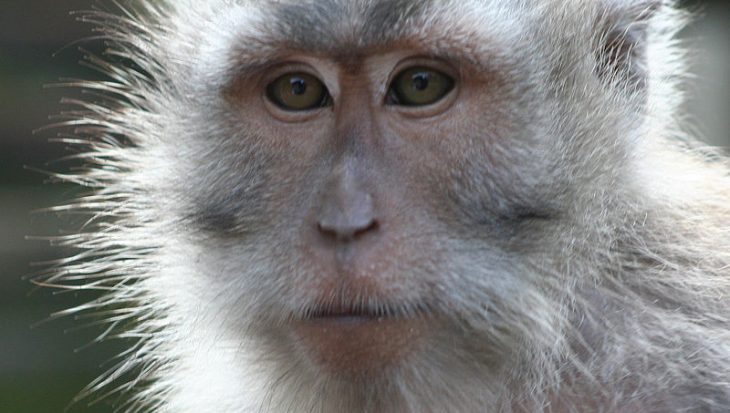Far from pushing towards a complete ban on the use of the whip in racing, its welfare regulator has yet again diluted whip offence penalties. With threats of strikes and minor meeting boycotts by leading jockeys, the BHA has reneged on its welfare duties and given a green light for jockeys to continue hitting and abusing race horses.
On 10 October, the new rules gave jockeys a minimum five-day riding ban for an initial transgression, but within days this was watered down to three days and is now lowered to just two days. Even these are deferred if jockeys are to ride in big prize-money races.
Whilst the BHA has not changed the number of times a horse can be hit with the whip (seven for flat racing horses and eight for jumpers), its weakening of the penalty structure leaves an open door to potential persistent abuse. Under the 2010 regulations, nearly 900 breaches took place, according to the BHA’s own statistics. Sixty horses were whipped excessively on more than one occasion, seventeen of whom were wealed. More than a hundred jockeys were repeat offenders and fifteen jockeys flouted the rules ten times or more because of the lack of any real deterrent. The BHA’s second regressive step means that it has failed to secure meaningful restraining measures. Race horses will continue to be beaten and abused.
Says Animal Aid’s Horse Racing Consultant, Dene Stansall:
‘For ten years, Animal Aid has campaigned for a ban on the use of the whip in racing. A poll commissioned by the BHA in 2011 saw a majority support our views with 57 per cent of those questioned wanting to see an outright ban. The BHA is ignoring public opinion at their peril. It is time for racing’s self-appointed regulator to be replaced in its welfare duties by a body that will put the welfare of race horses before the greed of jockeys.’
For more information
Contact Andrew Tyler or Dene Stansall on 01732 364546
Notes to Editors
- Norway banned the whip in 1982 and British riders regularly race and thrive on its courses. Towcester Racecourse is keen to pilot whip-free meetings but the BHA has so far withheld its consent.
- Jockeys argue that horses, for safety’s sake, need to be whipped. And yet the majority of strikes against horses come at the end of a race when riders are wild with ambition to win, and are beating their horses to achieve that end. Rebel jockey, Richard Hughes, acknowledged on Channel 4 Television in May 2010 that his horse, Kojak, unseated him probably because he had used the whip on him.
- Whip advocates also often insist that horses need to be hit to keep them on a straight line. But as the director of Towcester racecourse, Charlie Brooks, noted in the Daily Telegraph (16 May 2010): ‘The whip has already caused more problems than it has solved at the highest level this season. In the 1,000 Guineas at Newmarket, jockey Tom Queally used his stick on Jacqueline Quest. His filly duly veered away from it – as you would do if someone was slapping you – and she crossed the path of the subsequent runner-up. The result had to be overturned in the stewards’ room.’
- Among the most common complaints about the 10 October regulations was that jockeys found it hard to count five strokes of the whip from the last obstacle or last furlong pole. But the old rules also set limits using these markers. In fact, the old rules were more complicated because jockeys also had to watch out for the 1½ and 2 furlong marks. The difference with respect to the 10 October rules was that they came with sanctions that carried a financial penalty. The old rules could be broken with virtual impunity.
- An Animal Aid investigation, published in 2004 and called A Hiding to Nothing, demonstrated that – cruelty issues aside – the use of the whip by jockeys does not improve their chances of winning. The investigation of 161 races run during October and November 2003, covered 285 jockeys and 1,500 horses. Nearly 200 tables described how often and when in a race a whip was used.
- The findings of A Hiding to Nothing were reinforced by a University of Sydney report, which also concluded that whipping race horses does not improve performance. Read An Investigation of Racing Performance and Whip Use by Jockeys in Thoroughbred Races
- View Animal Aid’s reports on breaches of the whipping regulations

